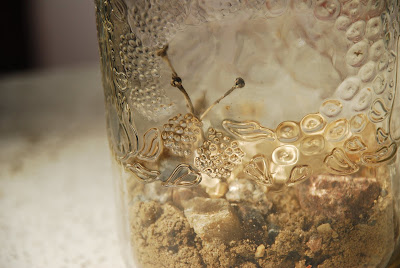" How beautiful it was," said the Lone Ranger.
" Yes," said Ishmael. " How beautiful it is."
"It is ever changing," said Robinson Crusoe.
"It remains the same," said Hawkeye.
Green Grass Running Water, King, Thomas. pp. 197
“Landscape, by traditional definition in the visual arts, is a rendering or facsimile of a physical place. A painting (or photograph) of the landscape is inherently artificial, by virtue of its two-dimensionality, but also of its inertia. Landscape in the real world is not static, but constantly changing.”
Off the Map, landscape in the Native imagination, pp. 18
i think i was maybe 8 or 9 or 10. my mom had moved to saskatchewan, it was summer. my uncle jorma was so cool, he had braids and handmade string bags, one of which i somehow inherited and wore until i could patch it no more. He was handsome and outlandish, his eyebrows came off his forehead and his wild bright eye’s were like owl eyes.
He and his magical wife moved to a place in the country, we were invited to spend some time there. It was me and the cousin’s, we went at night, traveling under a tarp. We lay on our backs, the truck clanked and cluncked, i was in love with my uncles wife’s son, i think he was my first love, but it was wrong even though we had no blood between us, his sister hated him, so by default she hated me, and i was too young for that kind of love, but thats another landscape all together.
it was invigorating, the ride, the love, the hate, the smell of air free from city. summers in the city were stuffy, summers in saskatchewan were nothing but space. pure, open, starry, cool, fresh space.
the sky was dark between prince albert and clear water, the stars were so beautiful i couldn’t believe it, they made me feel alive, the space made me feel alive, the fact that it was illegal and naughty made me feel alive. i liked it.
the summers were so hot there that we (the kids) slept in our underwear on a table outside, i guess the bugs weren’t like they are now, or we wouldn’t survive. after sleeping and sweating, it was just miles and miles and miles of space and with space was possibility, beautiful, exhilarating, stunning space.















































